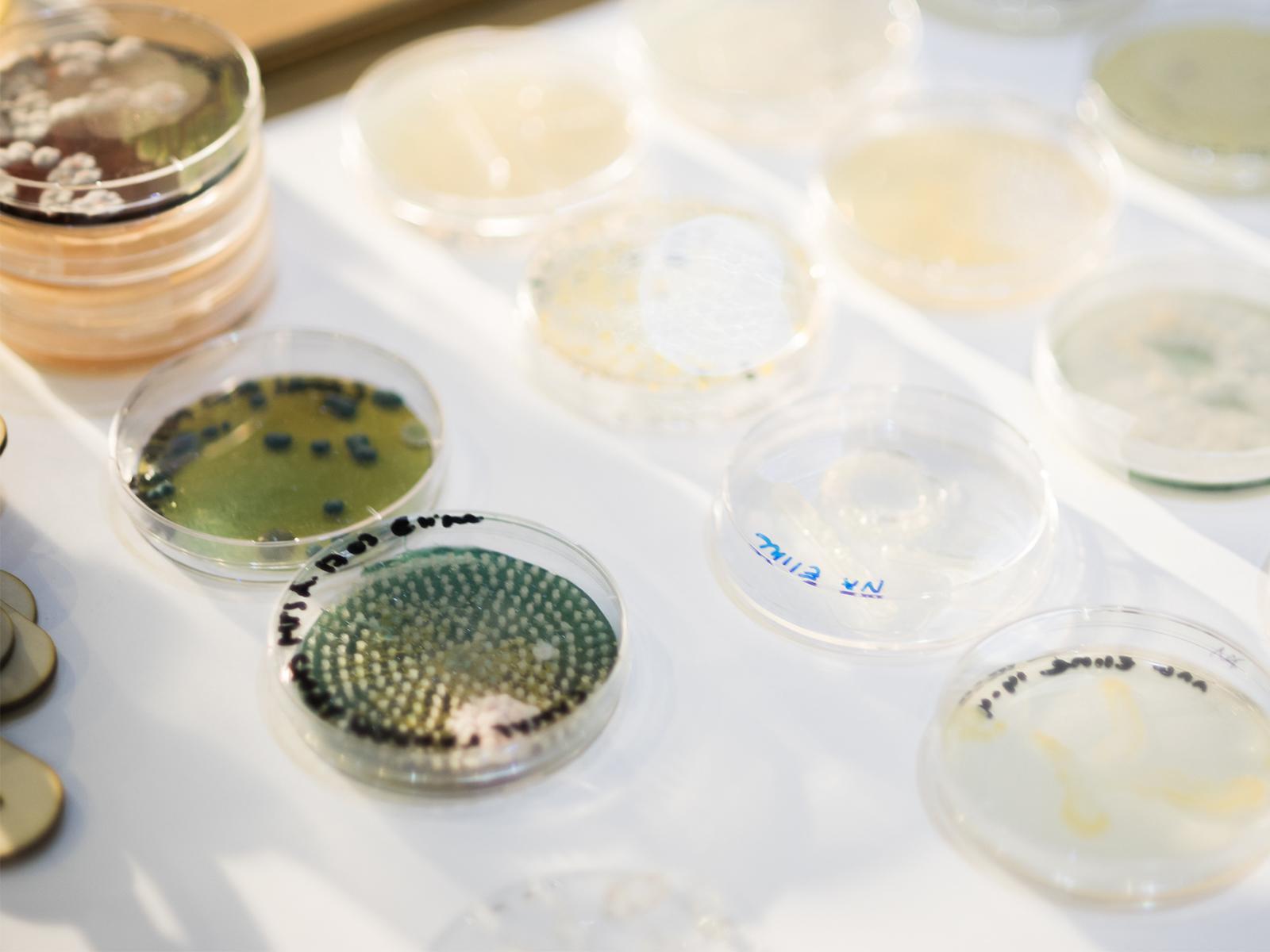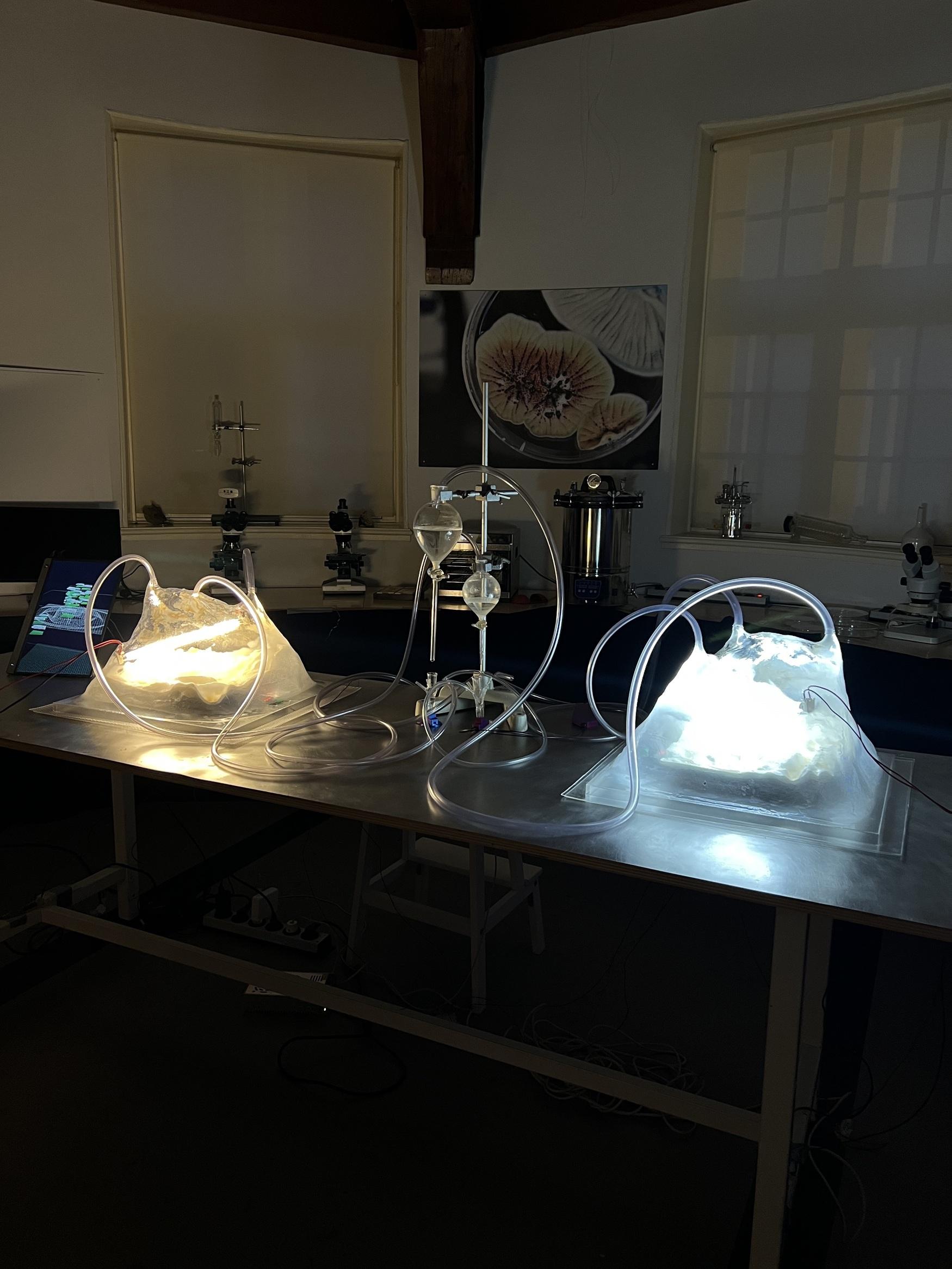Are you interested in DIY biotechnology? Do you like to make things yourself and do you enjoy working with technology? Or are you a creative that who would like to work with biomaterials?
Join the biorevolution and sign up for the BioHack Academy!
About the BioHack Academy
Biotechnological developments are happening at a rapid pace. Inventions such as the CRISPR-Cas9 technique, which enables genetic editing of DNA, can have far-reaching consequences. The BioHack Academy aims to make knowledge and tools outside institutional science more widely accessible and to spread biotechnological skills more broadly. The BioHack Academy focuses on learning the basics of biotechnology, working with biomaterials and collaborating to build your own lab equipment. You'll learn how to participate in the bio-revolution and build your own lab equipment using a local makerspace or Fablab.

When: Friday 21 November, Friday 28 November and Friday 12 December
Cost per module: €700 (excluding 21% VAT). If you purchase all three modules, we offer a discount of €150. The BioHack Academy consists of three modules. You can take them as a series, but they can also be booked separately.
Module 1: How to clone plants in the lab
Which banana do you prefer? The A-brand or the own-brand? Everyone secretly has a favourite, but did you know that the bananas in the supermarket are all clones of each other? They are all of the same variety: Cavendish. If there is a difference in taste between the brands, it is due to the growing conditions, ripening processes or quality control. But not the genes of the bananas, because there is little or no difference between them.
How do you make your own clones? In this module of the BioHack Academy, you will learn the technique micropropagation. With micropropagation, you can clone a Cavendish banana plant under sterile conditions. Afterwards, we will talk with a guest speaker (to be announced shortly) about how micropropagation is linked to agriculture, eating practices and ecology. We will conclude with a seminar on plant ownership and the colonial history of the Cavendish banana. Who actually owns plants?
Date: Friday 21 November
Teacher: Maarten Smith
Module 2: How to modify genes using CRISPR-Cas9
CRISPR-Cas9 is a revolutionary technique for genetic manipulation. It is simple, inexpensive and extremely precise. The technique allows you to edit genes as if you were correcting a text. It is also a method that can have a major impact; we can use it to repair DNA and prevent diseases. But because it is so accessible, CRISPR-Cas9 also raises questions. What if it is used to create superbacteria, viruses or scary mutations?

In this module, we will work with a CRISPR-Cas9 protocol ourselves, under strict supervision. In preparation for this, you will learn how to work safely and sterile in the lab. Afterwards, together we will discuss assumptions about genetic modification and the ethical aspects of the technology.
Date: Friday 28 November
Lecturer: Maarten Smith
Module 3: How to write an art-science (project) proposal?
Are you a scientist who has always wanted to collaborate with an artist? Or are you an artist who sees science as a medium? At Waag Futurelab, we believe that art and science complement each other. In this module, you will cover crucial aspects of writing a project proposal that includes art-science.

We will discuss fundamental assumptions, financing options, examples, and how to set up successful collaborations. After this introduction, you will get to work writing an outline, which will be presented and discussed at the end of the day.
Date: Friday 12 December
Teacher: Gary Carter and Miha Turšič
Registration
Register at isabel [@] waag [dot] org.

